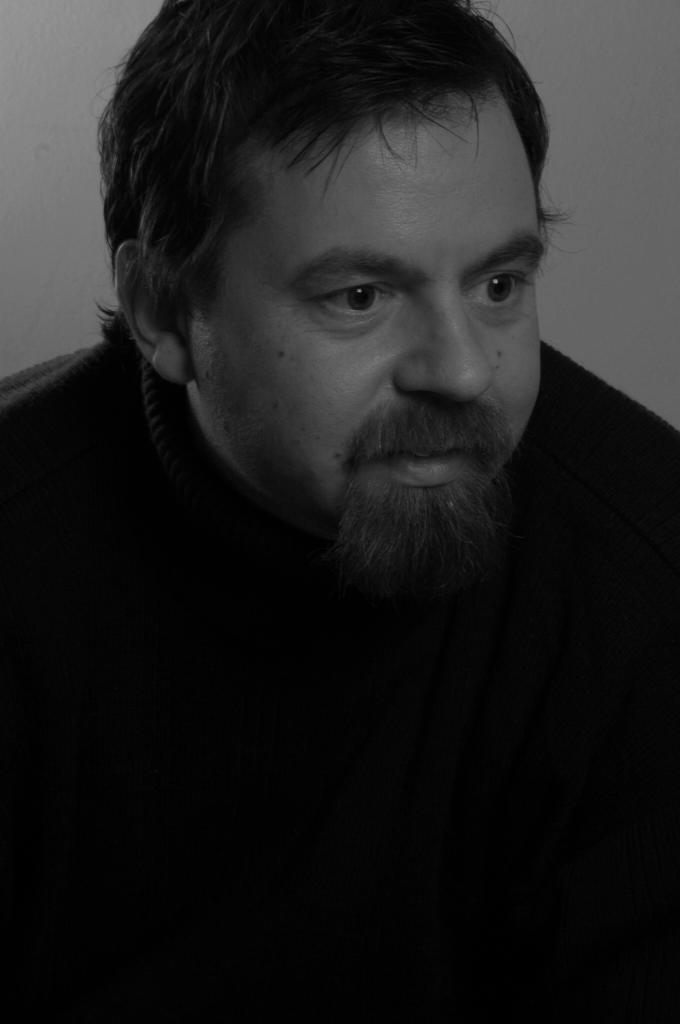

Peterborough, St Peter’s town is an ancient city and designated new town on the Cambridgeshire - Nothants borders. I visited as part of my Cathedral Cities tour 2007. Starting out from Kings Cross I wondered if my day return would be valid on a GNER train, but I was fine, it was. I had a trip to Bretton to see the typically new town style suburb of Bretton and to see a library sale, which was rubbish. On the way back I got off the bus in a little village called Longthorpe. This had thatched cottages galore and a little church of St Botolph that had been built in the 13th Century and extended in the 20th. A pleasant little church. There was an English HeritageTM tower in the village also, which was only open to pre booked groups. It has, allegedly, the finest medieval domestic wall paintings in the country.
Back to town to explore, visiting the Coöperative Department Store and the beautiful Romanesque cathedral, stopping on the way to take a picture of the guildhall with butter market beneath. The Cathedral Church of St Peter (Peterborough – geddit?) and St Andrew was shrouded in scaffolding so I couldn’t see the fine West front of the 11th Century (the most magnificent portico in Europe allegedly). I could see the very fine painted ceilings, and it was worth going into the Cathedral for those. The paintings are not a Victorian painting like at Waltham Abbey but the genuine medieval article. The Sanctuary was entirely closed to the public but had Victorian mosaic work and a marble altar, although with a liturgically correct Holy Table in front of it (altarwise). Katherine of Aragon is buried here, as was Mary Queen of Scots who was dug up and reburied in Westminster Abbey. The Cathedral was very beautiful and worth a visit.
The Benedictine monks did not like the townspeople using the Cathedral, so the civic church of Peterborough is the Parish Church behind the butter market in a dip in the ground. Strangely this church wasn’t open so I couldn’t see in to it, but it looked big. The picture shows the Buttermarket.
I also visited St Mark’s Church which was in the Victorian gothic style having been built in 1855. There’s not much to say about this church, which was an averagely pleasant church with some workmanlike stained glass in the windows. I had a cup of coffee and a cake there at teatime, and good value it was too!
Edith Cavell was educated in Peterborough. She was later shot at dawn in 1915 during the first world war as she had assisted British and allied prisoners to escape.
I also visited the haunted Peterborough museum and allowed myself to be talked into going on the guided tour with the “visitor support officer”. I could have been round that museum in half an hour; the guided tour took two, although we did see the basement storage and the lab. The museum was an old town house that had been the Peterborough infirmary and there was evidence of that within the building, including slippery anti slip protection on the staircase and the site of a hoist used to lift immobile patients to the operating theatre.
The collection covers the story of Peterborough from earliest times to the present. Of the highlights there is a dinosaur discovered by one of the museum staff, the remains of a stone age murder, a bronze age sword, a Roman communion set, medieval stuff, some nineteenth century Prisoner of War art made with bone and a 1950s cooker. There’s a lot more than that of course and the Visitor Services Officer was a good guide, pointing out things that were particularly relevant and illustrating the building’s history. The lab was the old operating theatre from hospital days, and it was just about exactly as it was left.
The museums ghosts are numerous and include little girls, first world war veterans and a former scullion from the time when the museum was a grand town house. Most interesting. By then it was time to return home.


No comments:
Post a Comment